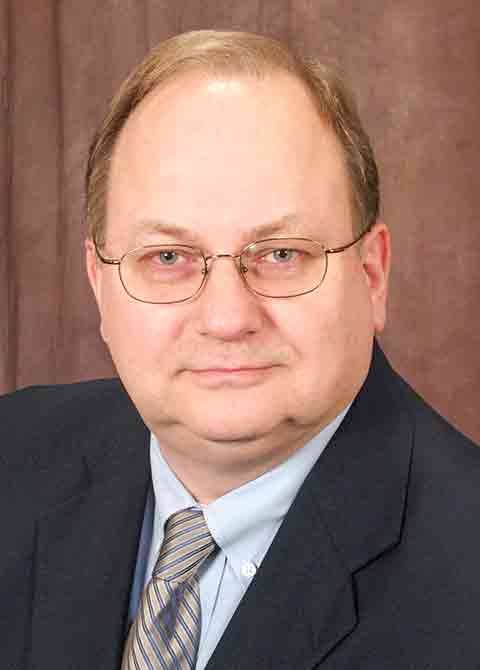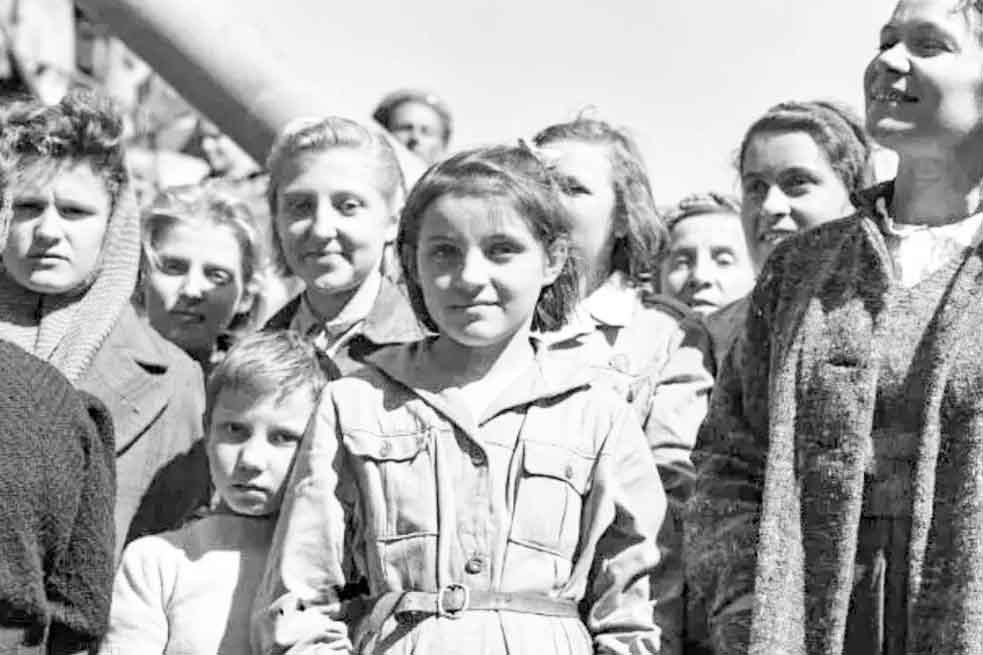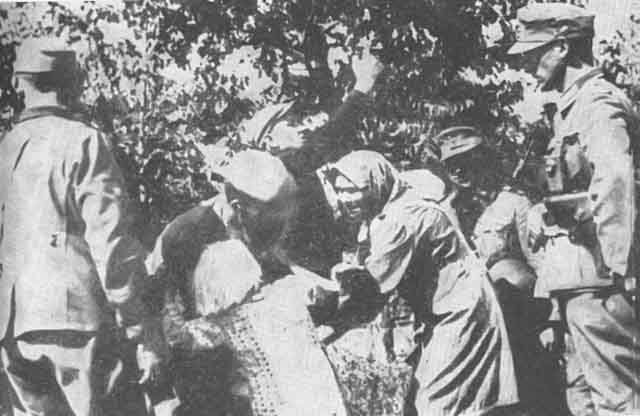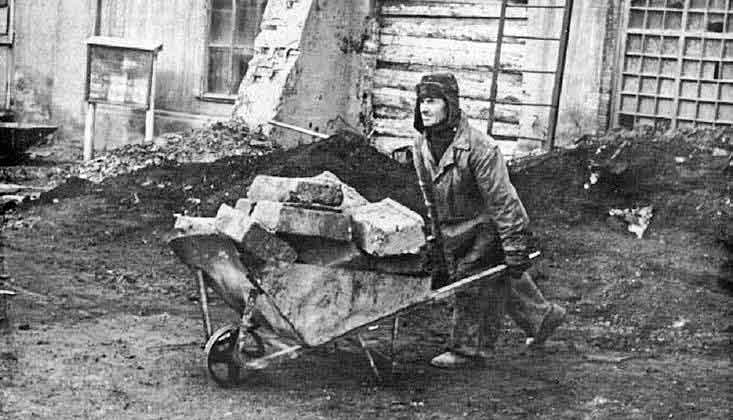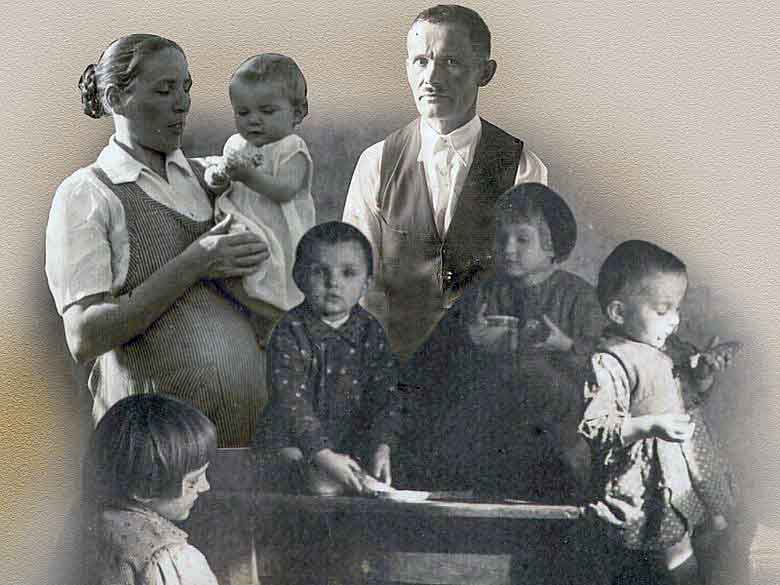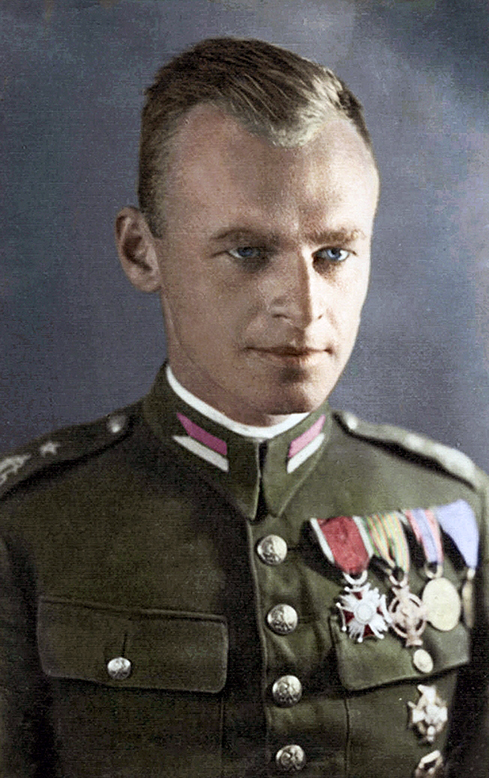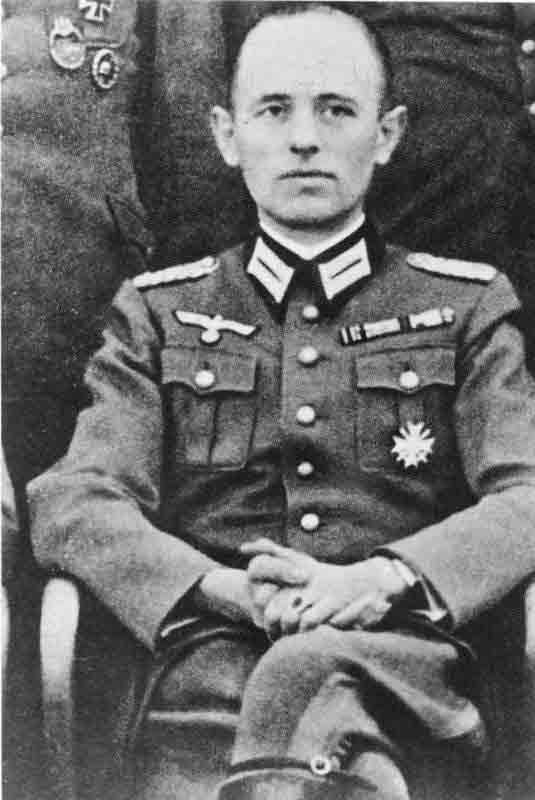To this day, thousands of people in Germany do not know that they have Polish roots.
(Prof. Hubert Chudzio)
The issue of German reparations for Poland must reach the world public opinion and reports on German crimes must be published in English and reach the world elite. The German Nazi plan to kidnap and Germanize children, recognized by the pseudo-scientific assumptions of German eugenics as "racially valuable", was practically institutionalized in the territories of Poland, the USSR, the Czech Republic, and other countries occupied by the Third Reich during World War II. Historians estimate, however, that this process took the greatest intensity in occupied Poland.
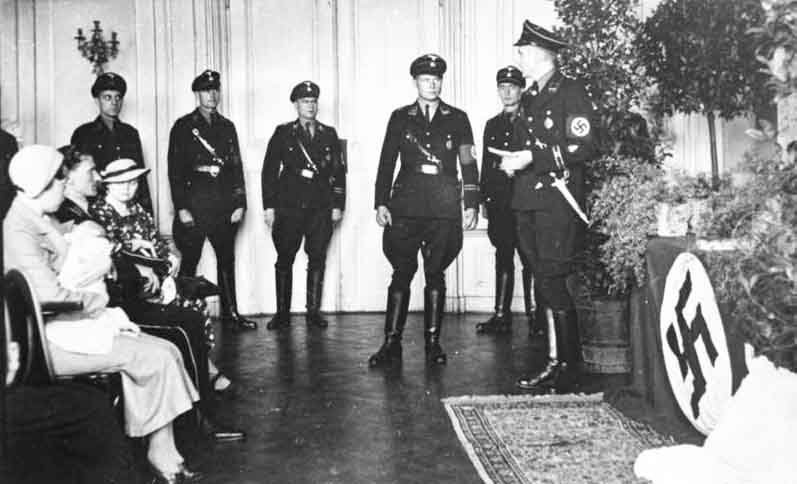
Plan Lebensborn (Source: Wikipedia)
The kidnapping of children was part of a broader displacement and Germanization initiative — the General Eastern Plan. According to the report on German reparations for Poland, about 200,000 Polish children were stolen and Germanized as a result of this action. The Reichsführer-SS Heinrich Himmler himself was behind this action. The SS run by him tried at all costs to increase the German population. This was achieved by the organization Source of Life (German Lebensborn). Lebensborn also carried out the process of adoption by German couples of children kidnapped from the territories occupied by the Third Reich, mainly from Poland, who were classified as "racially valuable."
In March 1947, the authorities of communist Poland established the office of the Polish Government Plenipotentiary for the Recovery of Children, headed by the Polish lawyer Roman Hrabar. After the war, only 30,000 kidnapped Polish children were found and brought back to the country. To this day, there are tens of thousands of people in Germany completely unaware that they were kidnapped from Poland in their childhood. Children were abducted by force, often by deception, or by their parents having been murdered.

Kidnapping of Polish children by Nazi German occupants (Zamojszczyzna) (Source: Wikipedia)
They were directed to special centers and departments of appropriate institutions or to, euphemistically named by the Nazi propaganda, children's villages (German Kinderdörfer) — in fact these were racial selection camps (for the so-called evaluative selection) for children (German Kindererziehungslager), where original birth certificates were destroyed and replaced with new ones, the surnames of the children were changed to German ones, and initial Germanization was carried out. From the Germanization camps, the children were handed over to German families. Children considered "of low value" were sent to the concentration camp in Auschwitz for extermination or to settle in the General Government (occupied Poland).
One of the most famous cases of the robbery and Germanization of Polish children is the story of Alojzy Twardecki.
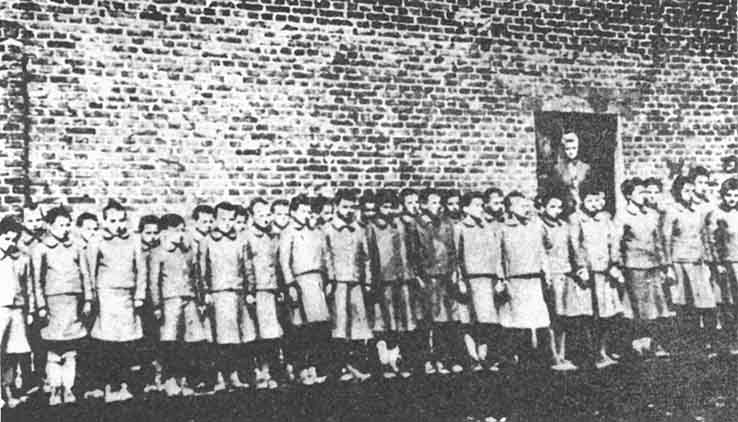
Polish children in Nazi German labor camp in Dzierżązna (Source: Wikipedia)
During World War II, over two million Polish children lost their lives. It is estimated that 200,000 children were stolen and taken to Germany for Germanization. Over 700,000 Polish children were also sent there as forced laborers. It is estimated that one and a half million of those who survived became orphans to varying degrees.
The robbery of children was declared a crime of genocide by the International Military Tribunal in Nuremberg. The UN Convention on the Prevention and Punishment of the Crime of Genocide of 1948, in article 2e, includes the forced transfer of children of members of a group to another group as genocide. The UNESCO conference in 1948, held in Trogen, Switzerland, declared the kidnapping and extermination of children a crime against humanity.



